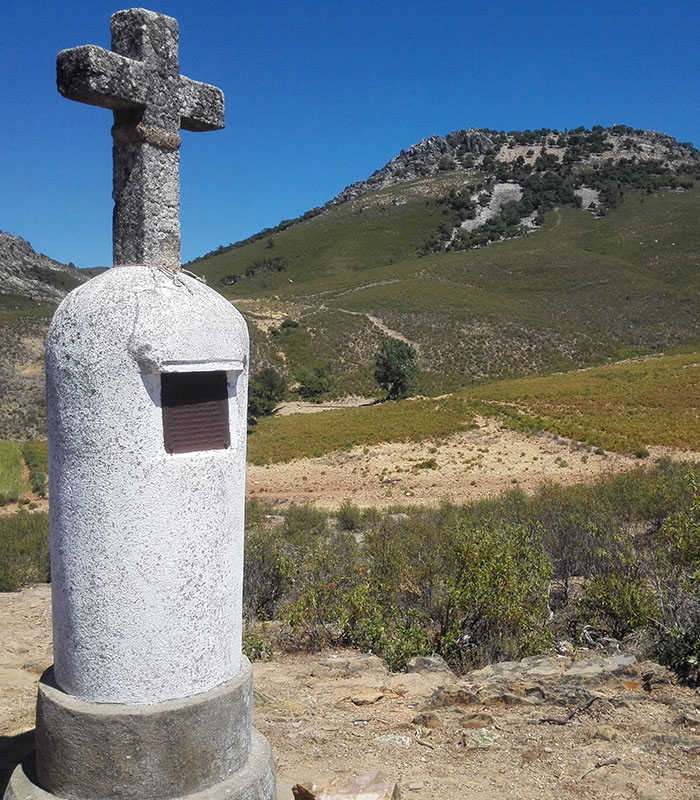For centuries members of royalty, the nobility, the clergy, and merchants and pilgrims travelled to the Real Monasterio de Santa María de Guadalupe from all points of Castile. Ever since in the early 14th century the image of the Virgin appeared and a chapel (now a monastery) was built in her honour, the site has been an important religious and cultural centre. As the pilgrimage became more relevant a whole network of ways and infrastructures arose to cater for the needs of the travellers. The Hospital del Obispo, San Román, La Avellaneda, and the Rincón de los Frailes are some of these medieval places which can still be enjoyed today.
Over time Guadalupe became more and more important as a religious epicentre until it was one of the main pilgrimage destinations in the whole of Europe. There is no doubt that the pilgrim who made the greatest contribution to the importance of the sanctuary was Isabel la Católica; she is recorded as having visited at least 16 times.
The mark of Guadalupe transcended that of a religious enclave and extended throughout the west of the Iberian Peninsula. To allow access to all those who intended to visit the monastery it was necessary to consolidate a network of roads under the auspices of the civil and religious authorities. Nowadays twelve roads or ways reach Guadalupe: the so-called Highroad from Madrid; that of the Montes de Toledo; that of La Jara from Calera y Chozas; that of Cabañeros; that of Levante; that of the Miners from Almadén; the Mozarabic Way from Monterrubio; the Roman Way from Mérida; the Visigothic Way from Alcuéscar; that of Monfragüe, that of The Discovers from Cáceres; and that of the Hieronymites from Yuste. These roads, true natural corridors which run through surprising and varied landscapes, constituted communication channels for culture and traditions, being in themselves an extraordinary historical heritage. This road network included elements inherent to the coming and going of pilgrims, such as bridges, inns, and hospitals.

